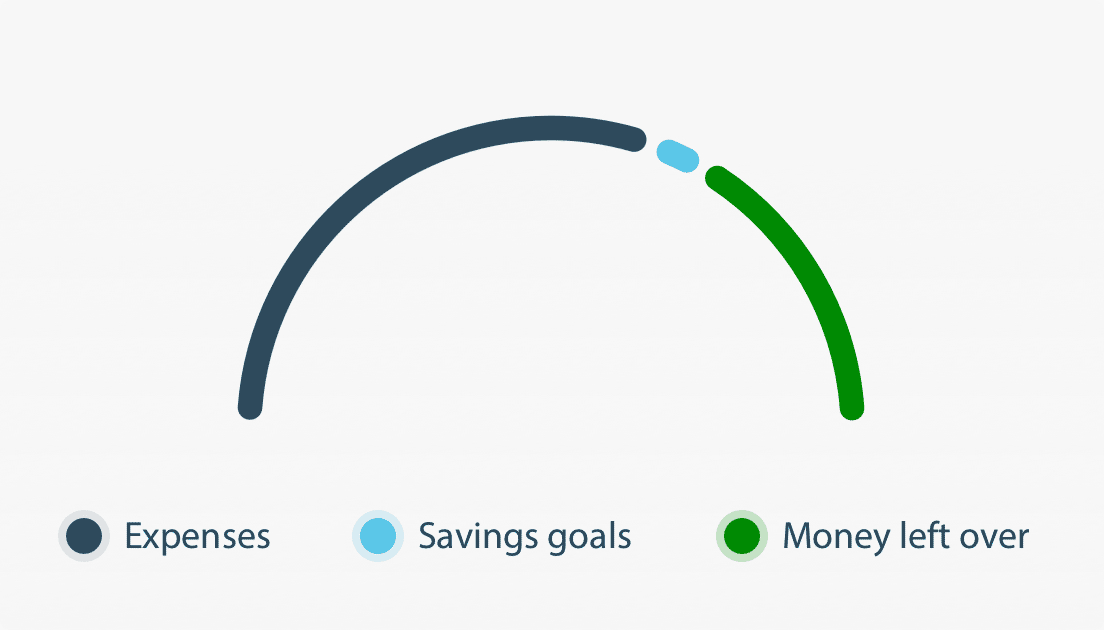The information set out above is general in nature and has been prepared without taking into account your objectives, financial situation or needs. Before acting on the information, you should consider whether the information is appropriate for you having regard to your objectives, financial situation and needs. By providing this information ANZ does not intend to provide any financial advice or other advice or recommendations. You should seek independent financial, legal, tax and other relevant advice having regard to your particular circumstances.
The ANZ Budget Planner is a tool provided for illustrative purposes only. The results generated by using the ANZ Budget Planner tool are based only on the information you have provided. It does not constitute a quote or financial advice, and ANZ does not endorse or approve any budget created using the ANZ Budget Planner. Before considering if any product is right for you, you should take into account your objectives, personal needs and financial circumstances and consider whether it is appropriate for you.
ANZ does not use the information you provide for the purpose of assessing any application.
The ANZ App is provided by Australia and New Zealand Banking Group Limited (ANZ) ABN 11 005 357 522. Super, Shares and Insurance (if available) are not provided by ANZ but entities which are not banks. ANZ does not guarantee them. This information is general in nature only and does not take into account your personal objectives, financial situation or needs. ANZ recommends that you read the ANZ App Terms and Conditions available here for iOS and here for Android and consider if this service is appropriate to you prior to making a decision to acquire or use the ANZ App.
ANZ App for Android is only available on Google Play™. ANZ App for iPhone is only available from the App Store.
Apple, Apple Pay, Apple Watch, Face ID, iPad, iPhone and Touch ID are trade marks of Apple Inc., registered in the U.S. and other countries. App Store is a service mark of Apple Inc. Android, Google Play and the Google Play logo are trade marks













